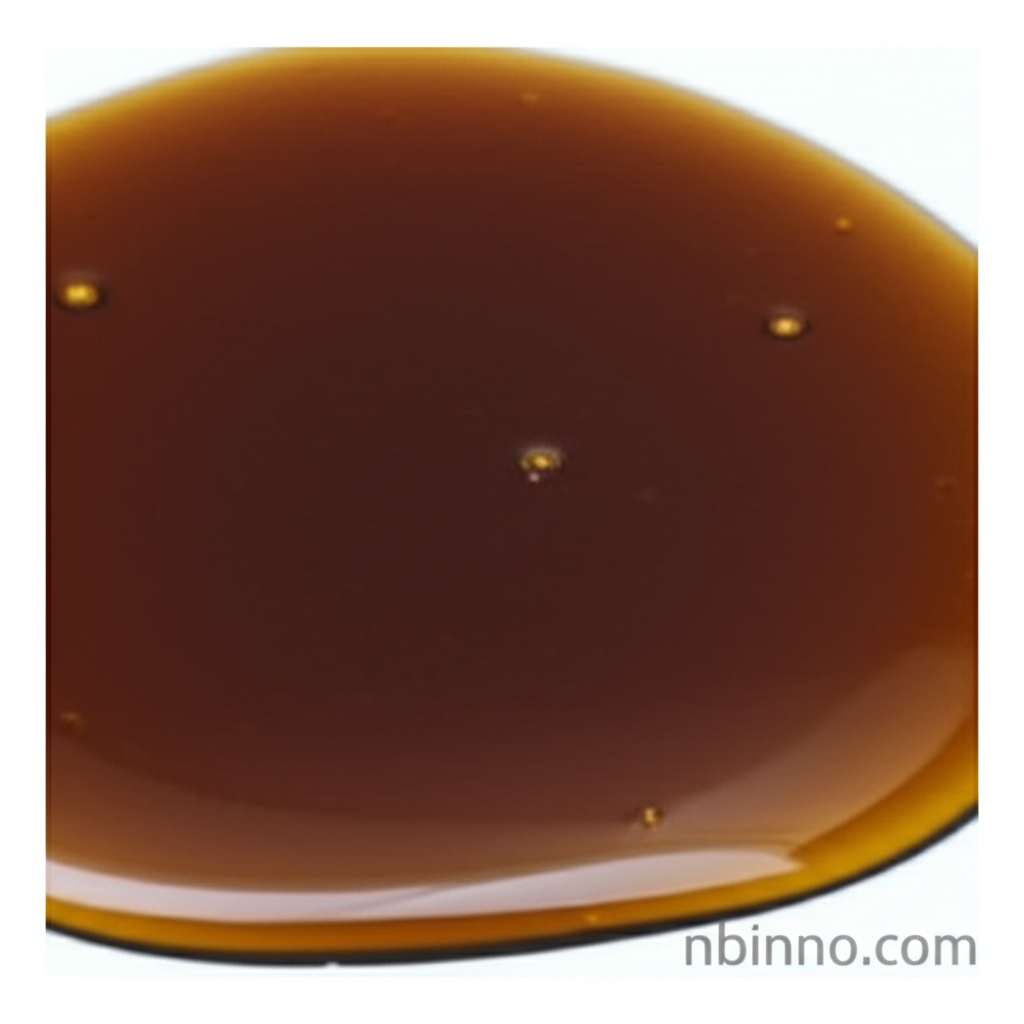High-Purity (S)-(-)-N,N-Dimethyl-1-ferrocenylethylamine CAS 31886-57-4: Pharmaceutical Intermediate Synthesis
Unlock advanced synthesis with a key chiral ferrocene derivative for your pharmaceutical research.
Get a Quote & SampleProduct Core Value

(S)-(-)-N,N-Dimethyl-1-ferrocenylethylamine
This article focuses on (S)-(-)-N,N-Dimethyl-1-ferrocenylethylamine (CAS 31886-57-4), a critical chiral ferrocene derivative utilized as a high-purity pharmaceutical intermediate. Its unique chemical structure and stereochemical configuration make it indispensable for advanced organic synthesis and the development of complex molecules, particularly in the pharmaceutical sector.
- Discover the utility of this chiral ferrocene derivative in your asymmetric synthesis projects, ensuring precise molecular construction.
- Leverage the high purity (97% min) of N,N-dimethyl-1-ferrocenylethylamine for reliable and reproducible research outcomes.
- Explore the applications of dimethylamino ethyl ferrocene in organometallic chemistry and catalysis for novel drug discovery pathways.
- Access essential information on the physical properties and specifications of this vital pharmaceutical intermediate.
Key Advantages Offered
Enhanced Chirality Control
The chiral nature of this ferrocene derivative is instrumental in achieving precise stereochemical outcomes in complex syntheses, a crucial aspect for many pharmaceutical applications.
Versatile Reactivity
Its organometallic backbone and functional groups allow for diverse reactions, making it a versatile building block for various synthetic strategies.
Reliable Quality
With a minimum purity of 97%, researchers can trust the consistency and quality of this intermediate for dependable results in demanding synthetic procedures.
Key Applications
Pharmaceutical Intermediate Synthesis
A primary role as a building block in the synthesis of active pharmaceutical ingredients (APIs), where chirality is essential.
Organic Synthesis
Serves as a versatile reagent in various organic transformations, enabling the construction of complex molecular architectures.
Asymmetric Catalysis
Its chiral structure makes it valuable as a ligand or precursor in asymmetric catalysis, promoting enantioselective reactions.
Organometallic Research
Explored for its unique redox properties and reactivity in advanced organometallic chemistry studies.
